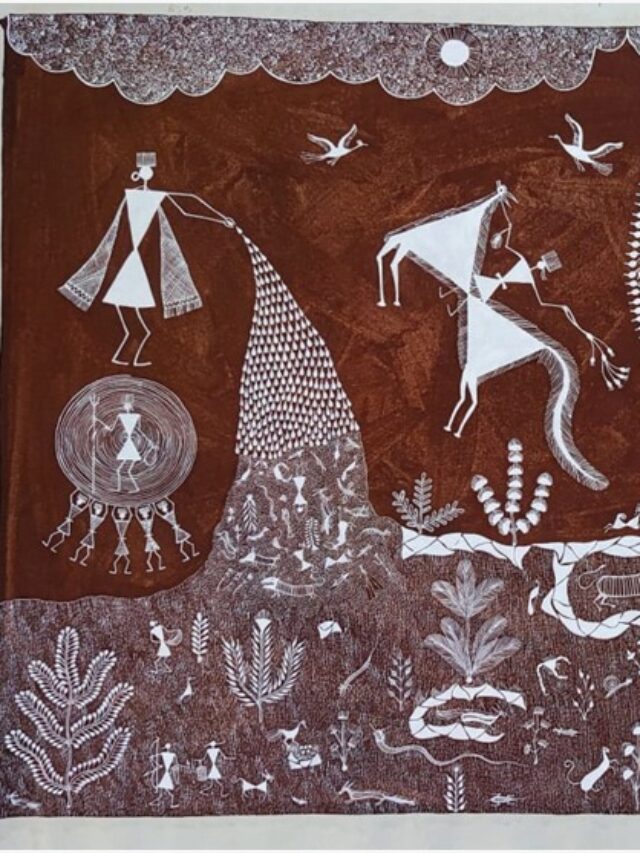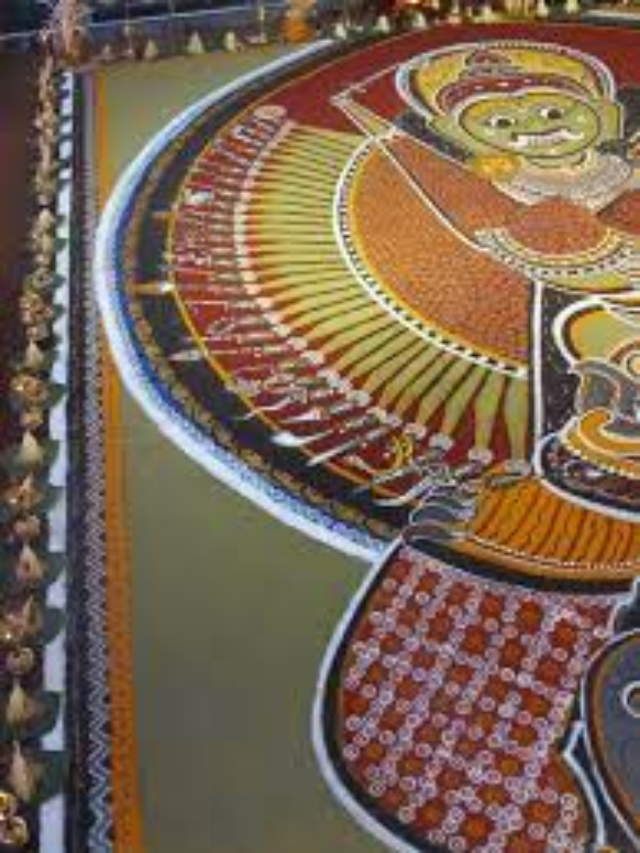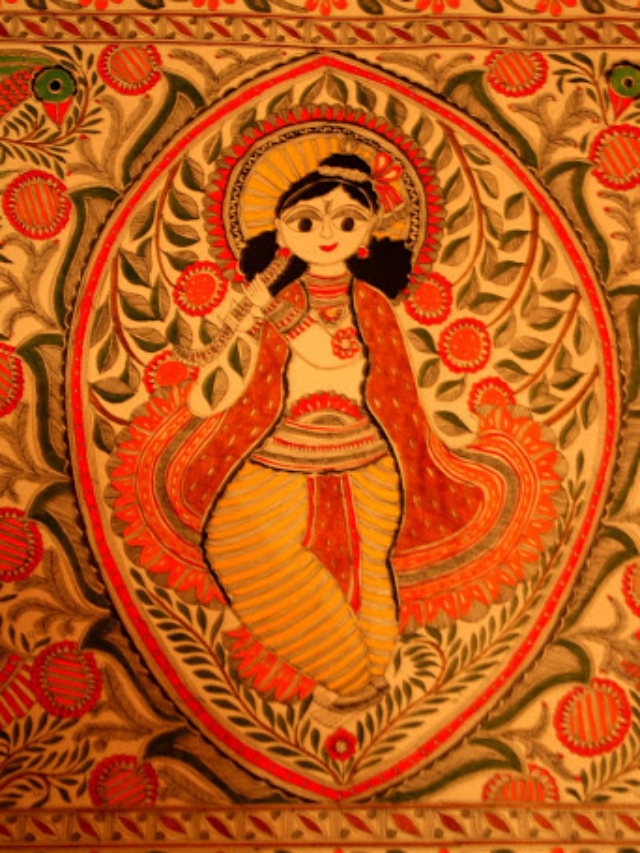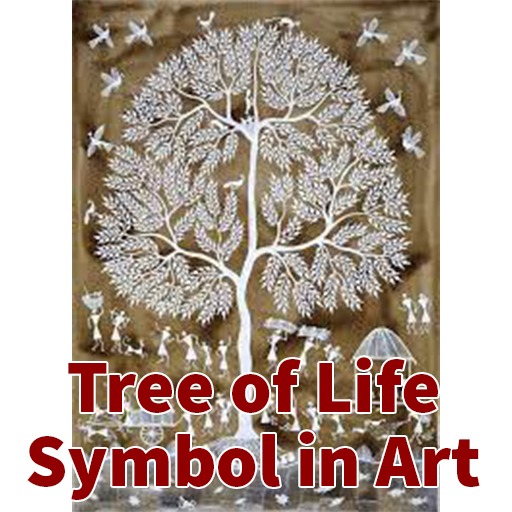What the tree of life means?
The Tree of Life is a famous and worldwide symbol that may be used to represent a variety of things in many religions and cultures. The sign does not belong to any particular culture, as it’s been used for ages throughout the world.
The future is symbolized by the tree of life, which also serves as a link between heaven and earth. Several cultures revere the Tree of Life idea. Its importance ranges beyond conscious reality, into the subconscious. Even if the sign’s actual purpose is lost, it keeps an unconscious link to our primal memory becoming a symbol of motivation.
The more you learn about the history of civilization, its population, customs, beliefs, and faiths, the more you understand that we are all part of one extended family. Everything separates us but a lack of understanding of our common past and a belief in a common vision.
The connection between trees and life, both on the earthly plane and in the realms of the gods, is a universal principle that transcends both distance and time. In practically every mythology and ancient society, there is evidence that humans granted trees unique importance and linked them also with the spiritual world.
The Celts think trees were their forefathers and guardians of the Celtic otherworld since they had such a strong affinity with them. The tree of life is thus considered sacred in Celtic religion.
The Tree of Life appears frequently in many forms of art, especially Indian folk art. It can be found in Lambani wall hangings, Bengal Kantha, Orissa’s Saura artwork, Madhubani paintings, and Gond artwork. Experts believe that the tree of life includes the deep meaning, as it represents numerous celestial and essential energies.
There are numerous stylizations, each unique to the craft. As various trees are depicted, from the real to the mythological, from the (ashwattha) to the (kalpataru), it is the heavenly tree that fulfils wishes. In several ancient Indian writings, creation is depicted as a tree. And without the numerous levels of symbolism, seeing this motif is always comforting. It is a lovely thing to be acknowledged in so many ways, including having our textiles and imaginations weaved into them.
Why is the tree of life important?
As it shows the variety of life as well as the evolutionary reason for resemblance and differences among animals, this Tree of Life offers the basis for most of our present understanding of evolution.
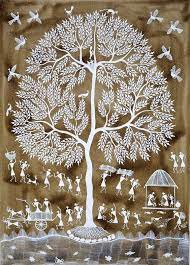

Tree of Life a metaphor for?
To examine life’s development and genealogy links, the tree of life is utilized as a symbol, concept, and research method. As a descriptive phrase covering life’s diversity, it appeals to a wide range of scholarly communities and the general public.
The tree is revered as a religious symbol with tremendous religious and spiritual significance. While the Tree of Life means many differ in various cultures, there are certain similar elements that the sign reflects.
The Celtic Tree of Life Symbol and Its Meaning:
Crann Bethadh, (the Celtic Tree of Life), was much more than a legend recited over campfires and indicated during rituals. The Tree was a real element of everyday life for the Celts, who have been deeply connected to the Earth surrounding them.
Over their thousand-year rule as the dominant religious group in Ireland and mainland Europe, the Celts created and left enough proof of a deep respect for nature for us to grasp their picture of the Universe.
The seasons’ march, which first provides the tree with its foliage, and then strips them away before resuming the cycle, refers to the Celts’ faith in the process of Life. The tree’s status as a life-giver and guardian also played a crucial influence. People used trees to produce dwellings and tools, as well as firewood to stay warm, cook their food, and purify water to make it drinkable.
Connection to Everything:
The interconnectivity of everything in the universe is usually represented as the Tree of Life. It represents unity and reminds people that you are rarely alone or disconnected, but always connected to the rest of the world. The Tree of Life’s base extends deep into the ground and accepts food from Mother Earth, while its branches extend up into the sky and receive the sun’s energy and also the moon.
Ancestry, Fertility and Family:
The Tree of Life emblem also denotes a person’s relationship to his or her forefathers and family. The extensive network of branching on the Tree of Life shows how a family evolves and expands over many generations. It also represents fertility because it is always expanding, whether through seedlings or new branches, and is green and lush, indicating its life.
Growth and Strength:
A tree, which stands tall and robust all across the world, is a global emblem of power and growth. To establish and secure themselves, they extend their strong roots into the dirt. Trees have the ability to resist even the most violent storms, which is why trees are just such a great symbol. The Tree of Life is a metaphor for growth, as it portrays a small, fragile seedling that grows into a big, powerful tree throughout time. The tree can grow outwards and upwards, representing how a person gains strength and broadens their knowledge and experiences during their life.
Individuality:
Because trees have limbs that emerge at various points and in various directions, the Tree of Life signifies one’s individuality. It symbolizes a person’s personal growth into a separate human being as a result of a series of circumstances that have shaped who they are. As limbs break off, new ones develop, and the climate takes its toll, trees develop more distinct traits – all while remaining strong and durable. This is a symbol of how people evolve and grow throughout their lives, and how their diverse experiences shape and enrich their uniqueness.
Immortality and Rebirth:
Although plants lose their leaves and appear to be dead throughout the wintertime, the Tree of Life is a symbol of rebirth since in the spring, new buds emerge and new, leaf extracts grow. This marks the beginning of a new lifestyle and a new beginning. The Tree of Life also represents longevity because, as it ages, it produces seeds that contain its essence, allowing it to continue through new seedlings.


Peace:
Because trees have long elicited feelings of quiet and serenity. Trees have a calming effect because they stand tall and steady, their leaves fluttering in the breeze. The Tree of Life acts as a reminder of the special, calming effect that trees have on people.
The History of The Tree of Life Art:
The Tree of Life has been used as a symbol since ancient times. The earliest known example was discovered in the Domuztepe excavations in Turkey around 7000 BC. The sign is thought to have propagated in many ways from there. A comparable representation of the tree was discovered among the Acadians around 3000 BC. The signs resembled a pine tree, and also because large trees do not die, they are said to be the first representations of the Tree of Life.
The Ancient Celts likewise held the Tree of Life in high regard. It was a significant emblem in Celtic culture, representing harmony and balance. They believed it possessed magical properties so that when they cleaned their property, they would leave one single tree in the center. It was a big crime to take down this tree because it was where they held their crucial gatherings.
Rishi Narad used to be on his way to Devlok to offer his respects to the Almighty Lord. On the way, he came across an elderly saint performing Tapasya to appease God under a gnarled tree. Rishi Narad inquired of the ageing saint if he had any message for God. The sage claimed that he had been doing Tapasya for three incarnations and that God had yet to materialize in front of him. He asked Narad to find out when God will reveal himself to him. Narad encountered another saint on the way, a young one, who was also absorbed in Tapasya. Narad asked him the same question. And God received the same word from the young saint. When Narad told the young priest the same information, he began dancing joyfully because God had given him a heavenly mission.
Conclusion:
Planting trees is a form of worship. The heavenly plan is represented as a tree. The ‘life’ plan is also depicted since God himself dwells in man. A tree is a best and most beautiful poem there is. A tree, like a poem, dwells in the beauty of nature while also enhancing the beauty of living. That’s why most ancient cultures emphasized tree preservation through tree worship. The Celts revered the oak, the Scandinavians revered the ash, Germans revered the lime tree, and Indians revered the Peepul.
It is believed that the limbs of a tree represent the elements that make up the human world. Trees were categorized in the Vedas according to the characteristics of gods. The environment has performed her part; now it is up to us to fulfil our responsibilities.
For more posts like this visit Tribal Handcrafts blog.
